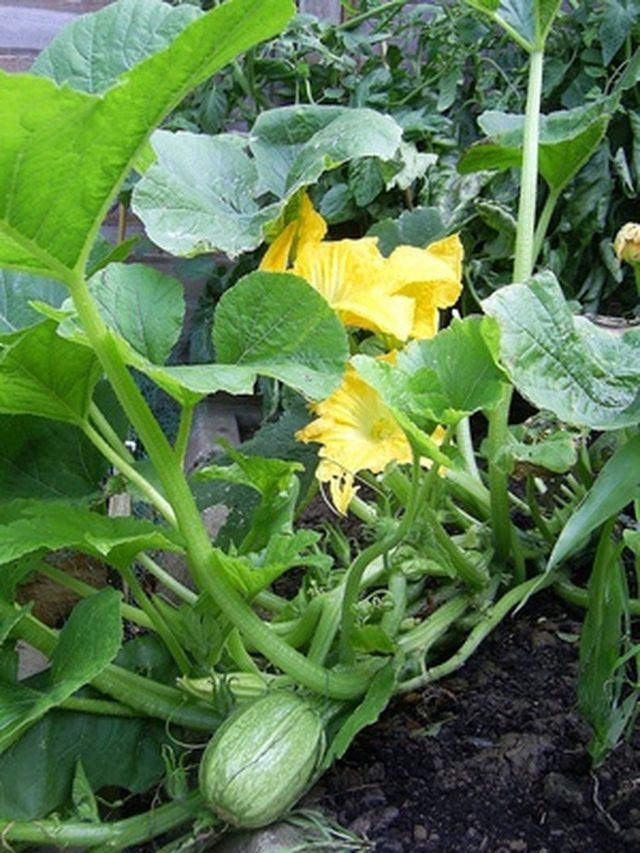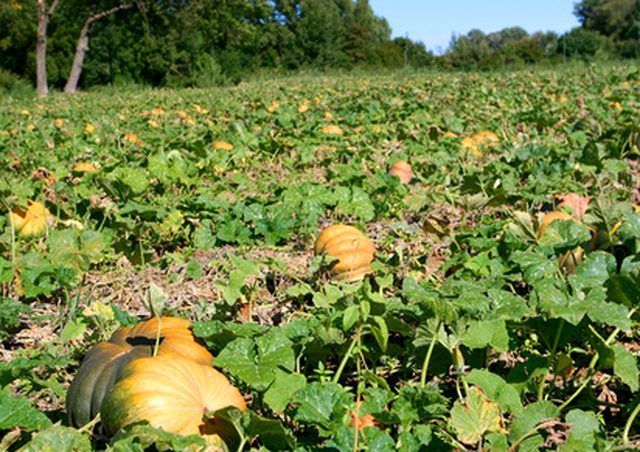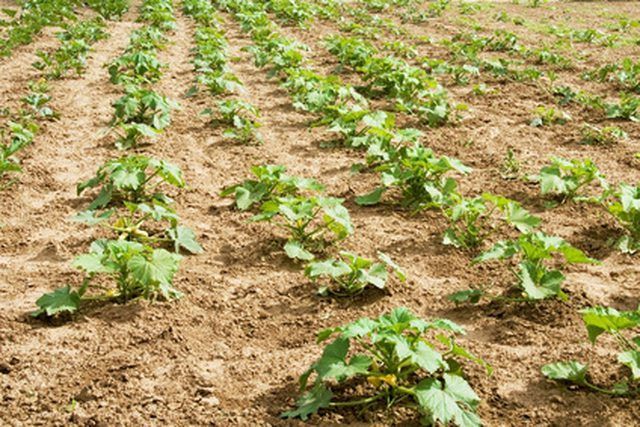Bulbs
Flower Basics
Flower Beds & Specialty Gardens
Flower Garden
Garden Furniture
Garden Gnomes
Garden Seeds
Garden Sheds
Garden Statues
Garden Tools & Supplies
Gardening Basics
Green & Organic
Groundcovers & Vines
Growing Annuals
Growing Basil
Growing Beans
Growing Berries
Growing Blueberries
Growing Cactus
Growing Corn
Growing Cotton
Growing Edibles
Growing Flowers
Growing Garlic
Growing Grapes
Growing Grass
Growing Herbs
Growing Jasmine
Growing Mint
Growing Mushrooms
Orchids
Growing Peanuts
Growing Perennials
Growing Plants
Growing Rosemary
Growing Roses
Growing Strawberries
Growing Sunflowers
Growing Thyme
Growing Tomatoes
Growing Tulips
Growing Vegetables
Herb Basics
Herb Garden
Indoor Growing
Landscaping Basics
Landscaping Patios
Landscaping Plants
Landscaping Shrubs
Landscaping Trees
Landscaping Walks & Pathways
Lawn Basics
Lawn Maintenance
Lawn Mowers
Lawn Ornaments
Lawn Planting
Lawn Tools
Outdoor Growing
Overall Landscape Planning
Pests, Weeds & Problems
Plant Basics
Rock Garden
Rose Garden
Shrubs
Soil
Specialty Gardens
Trees
Vegetable Garden
Yard Maintenance
Why Do Squash Plants Turn Yellow?
Why Do Squash Plants Turn Yellow?. Squash plants are usually easy to grow and reward the gardener with a fruit that is ready to pick shortly after pollination. Healthy squash plants require fertile, well-drained soil, full sun and sufficient moisture. If the leaves on your squash plants turn yellow this is an indication that something is wrong....

Squash plants are usually easy to grow and reward the gardener with a fruit that is ready to pick shortly after pollination. Healthy squash plants require fertile, well-drained soil, full sun and sufficient moisture. If the leaves on your squash plants turn yellow this is an indication that something is wrong. Yellow leaves are a sign that the plant is stressed.
Growing Squash
Yellow leaves on your squash plants is an indication that your plant needs attention. When the leaves of a young plant turns yellow it can mean that it was planted too early and the climate is too cold. A gardener will have a much higher success rate if the garden is planned according to needs of the plants. One consideration is the garden's hardiness zone.
Plant hardiness zones were developed as a guide to help gardeners know which plants would thrive in their areas. These zone maps are based on the extreme temperatures of a region because plants vary in the temperatures that they can endure. This information allows gardeners to know when they can successfully begin planting in their areas.
In cold areas, seeds may be started indoors and then transplanted when the outdoor temperature is sufficient. If you have already planted and your seedlings are now yellow, bring them back inside until the temperatures are warmer.

Managing Climate Conditions
Squash is easy to grow but healthy squash plants require full sun and sufficient moisture. Squash plants will yellow if there is too much rain or too little water. Managing climate conditions will yield healthier plants.
Ideally, squash plants require about two inches of water per week. In areas with higher temperatures more frequent watering may be necessary. In cooler areas with frequent rain, avoid planting early and make sure your soil has been amended to allow adequate drainage. Healthy squash plants require fertile, well-draining soil to grow.

Improving Soil Conditions
Soils ranges from sandy loam to heavy clay. Soils with heavy clay don't allow for adequate drainage and soils with too much sand don't retain enough water to keep plants healthy.
Soil is made up of organic and mineral compounds and amounts of air and water, all of which are essential to a plant's growth. A soil that lacks organic matter will lose its structure. A well-composed soil retains a stable pore space that allows for adequate water retention and drainage. Having a stable pore space also means the soil retains air storage for root growth, which is essential for healthy plants.
Amending your soil before planting will alleviate many gardening dilemmas and the easiest way to amend is by adding organic matter. Simply choose an amendment and incorporate it into the soil to a depth of about 8 inches.
Compost and leaf mold, green plant material and animal manures are especially good for improving soil conditions. Your local nursery is an invaluable resource for information on gardening in your area and can supply you with the soil amendments.
Preventing Yellow Leaves on Squash Plants
Unfortunately poor soil and a harsh climate are not the only conditions that will cause a squash plant to yellow. While squash plants are hardy, they are susceptible to fungus infections. Fungus is very hard to treat.
Take a few steps to avoid a fungus infection in your garden. Avoid soaking the leaves of the plant when watering. Ground watering allows the soil to be moist while the plant can stay dry.
Fighting Fungus
If a fungus infection is suspected visit your local nursery. Fungus is a quick moving infection that can be very hard to treat. A visit your local nursery can provide a wealth of information for treating local diseases before they spread to other plants. Alternatively, ask your local agricultural extension service to recommend a fungicide and/or bactericide known to work well in your area.